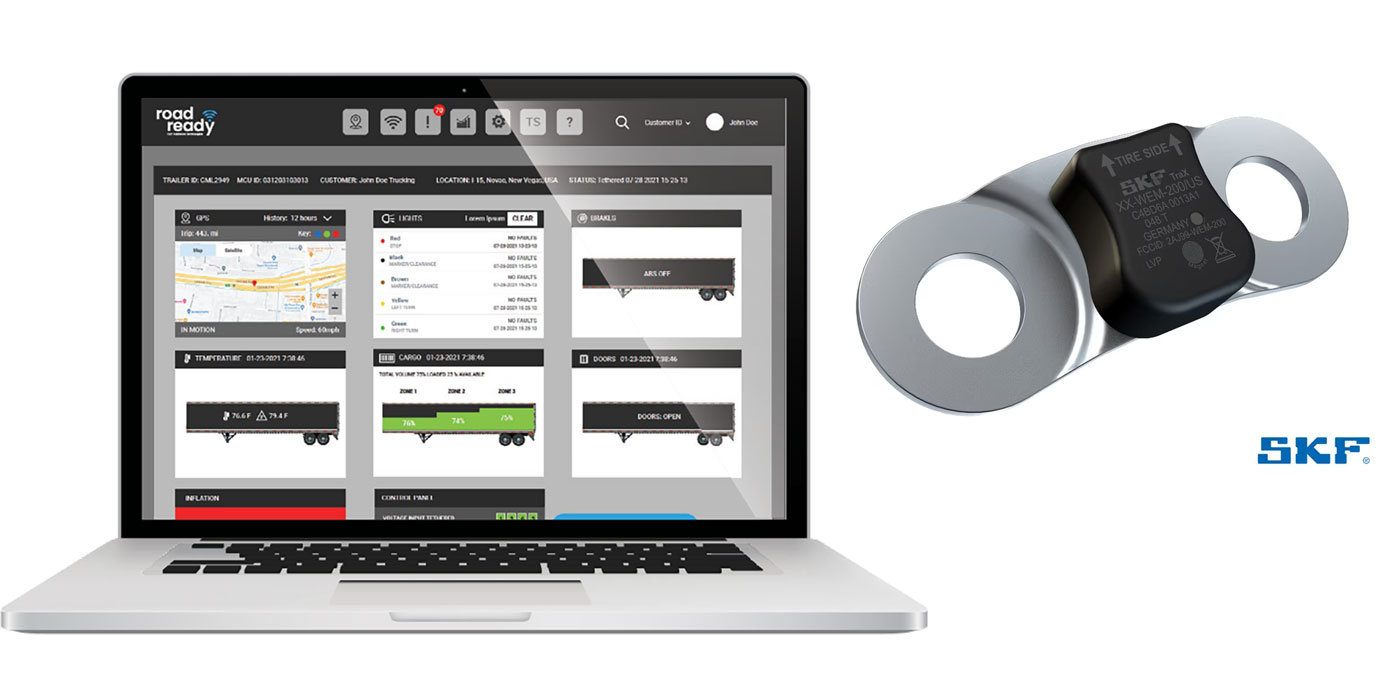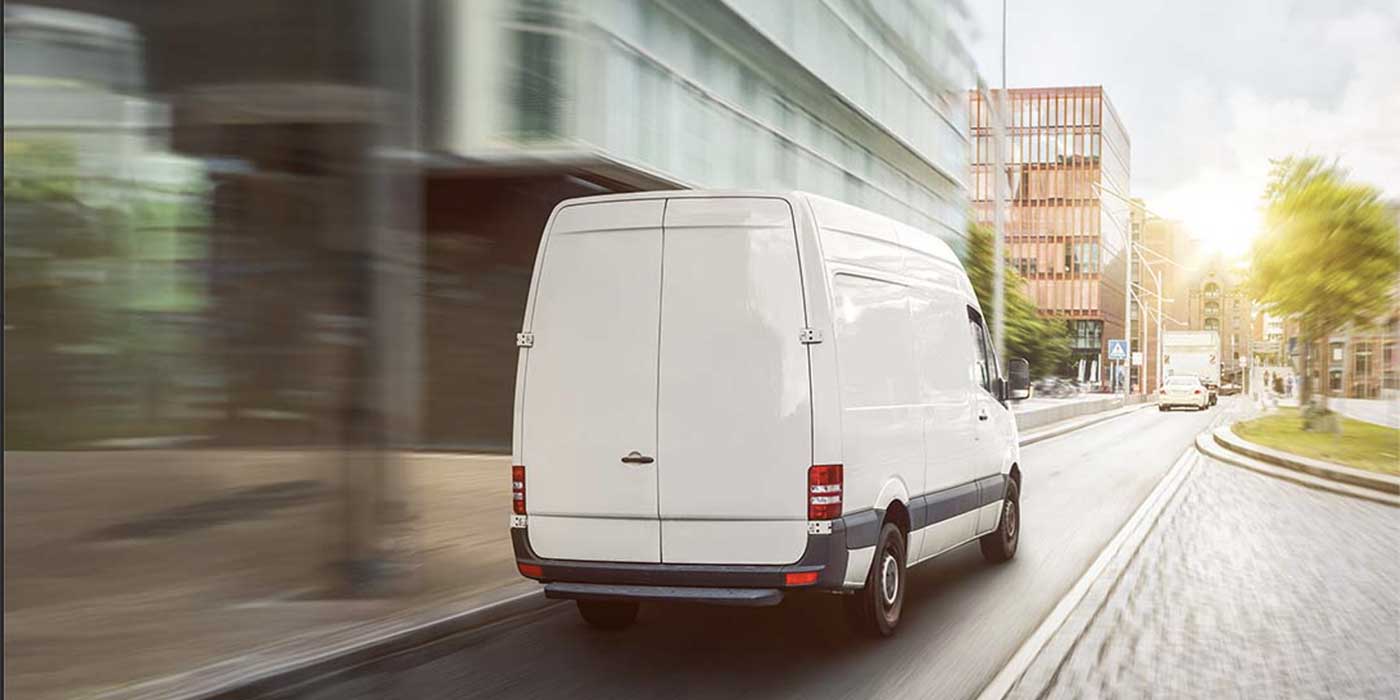Trucking industry revenues in 2016 were $676.2 billion, according to findings of the American Trucking Associations in ATA American Trucking Trends 2017, the annual compendium of data about the trucking industry.
“The information in Trends highlights exactly what I tell elected officials, regulators and key decision-makers every day: trucking is literally the driving force behind our great economy,” said Chris Spear, ATA’s president and chief executive officer. “Safe, reliable and efficient motor carriers enable businesses throughout the supply chain to maintain lean inventories, thereby saving the economy billions of dollars each year.”
Among the findings in this year’s edition:
- Trucking generated $676.2 billion, or 79.8% of the nation’s freight bill.
- Trucks moved 10.42 billion tons of freight—70.6% of all domestic freight tonnage.
- The nation’s commercial trucks paid $41.3 billion in state and federal highway user fees and taxes. The average five-axle tractor trailer pays more than $5,600 in taxes annually.
- There were 33.8 million trucks registered for business purposes, including 3.68 million Class 8 trucks. Those trucks burned 38.8 billion gallons of diesel fuel and 15.5 billion gallons of gasoline and traveled 450.4 billion miles.
- 7.4 million Americans are employed in trucking-related jobs, including 3.5 million as truck drivers. 6% of those drivers are women and 38.7% are minorities.
- Trucking is an industry made up of small businesses: 91% of motor carriers operate six or fewer trucks and 97.3% operate less than 20.














